Sugar vs. Whole Food Sweetener
Sugar: While all plants have natural sugars, the sugar that gets added to our foods originates in plants with especially high levels of sugar, including sugar cane, sugar beets, corn, coconuts, and maple trees. Sugar is extracted from the plant in its juice or sap, leaving behind the fiber and much, if not all of the nutrients. Sugar in the extracted juice or sap is then concentrated and refined into the forms we commonly add to food, including granulated sugar and maple syrup.
Other forms of added sugar include and are not limited to powdered sugar, raw sugar, evaporated cane juice, high fructose corn syrup, molasses, and fruit juice.
Whole Food Sweetener: Any sweetener that's made from the whole sweet part of the plant, typically from the fruit. Like other sweeteners, the sugar in fruit is also concentrated, in this case by drying the fruit. Unlike other sweeteners, the sugar is not extracted from the fruit before concentrating and refining. Rather, the entire fruit is dried, then softened by soaking and blended into a smooth paste. The resulting sweetener retains all the fiber and nutrients.
A benefit of using fruit pastes is that they are very sweet, yet their glycemic indices are significantly lower than sugar, meaning that they don't cause your blood sugar to spike to the extent that sugar does. That's because the fiber helps to regulate absorption of the natural sugars into the blood.
Another benefit of using fruit pastes is that they are rich in nutrients, including antioxidants.
Fruit pastes are very easy to make at home. Simply pack dried fruit into a container, fill to the top with water, place in a microwave oven and run on high for 2 minutes to soften, then blend in a high-speed blender until smooth. You can add vanilla if desired, 1 teaspoon to 1 tablespoon, depending on the volume. If you're using dried dates or cherries, be sure to check that all the pits have been removed before blending.
You can create a variety of sweet flavors simply by varying the fruit. Try using dates (Medjool or Deglet Noor), raisins, currants, or other dried fruits such as mangos, figs, apricots, peaches, plums, or cherries. Or mix it up. Use your imagination.
Fruit pastes can be substituted for sugar and maple syrup in recipes in a 1:1 ratio. Note that baked goods tend to come out softer. The fruit paste thickens the batter, especially when substituting for maple syrup or honey, so you may need to add water to thin the batter to the desired consistency.
The end result? An amazingly sweet and healthy treat sweetened with whole fruit and no added sugar!

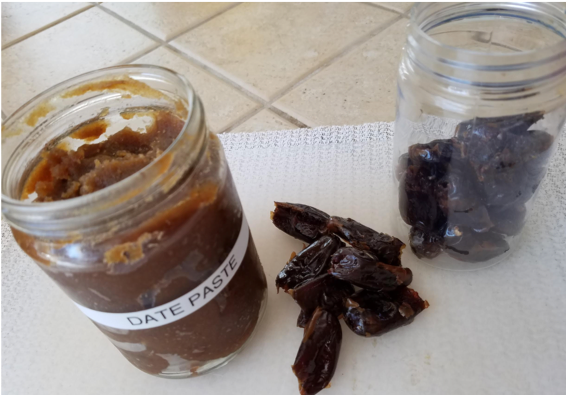
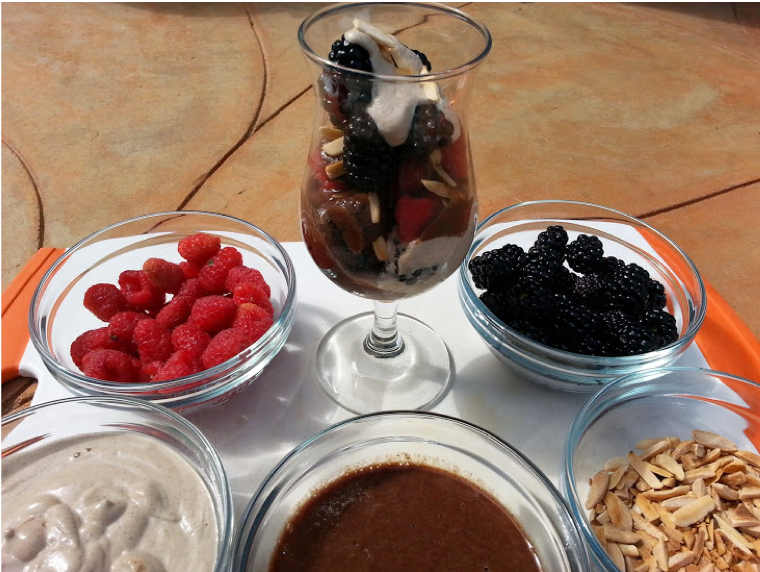

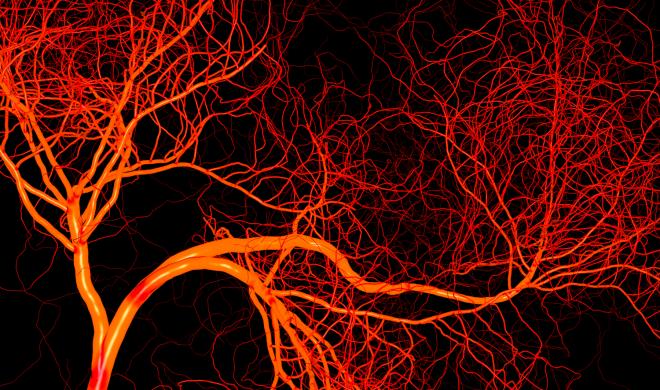
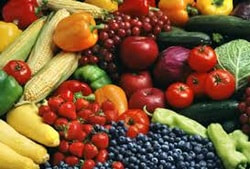


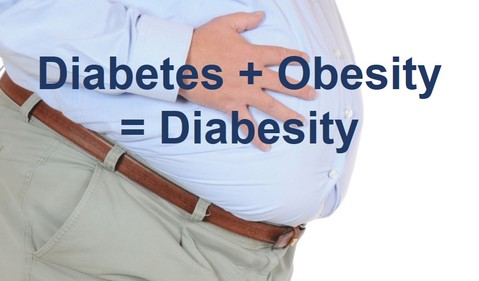
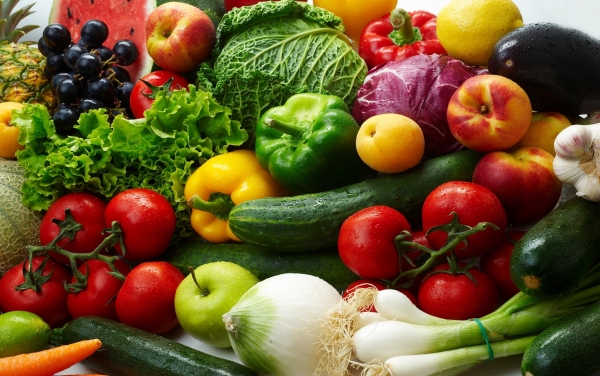



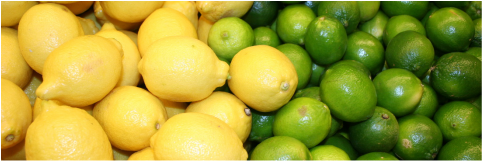
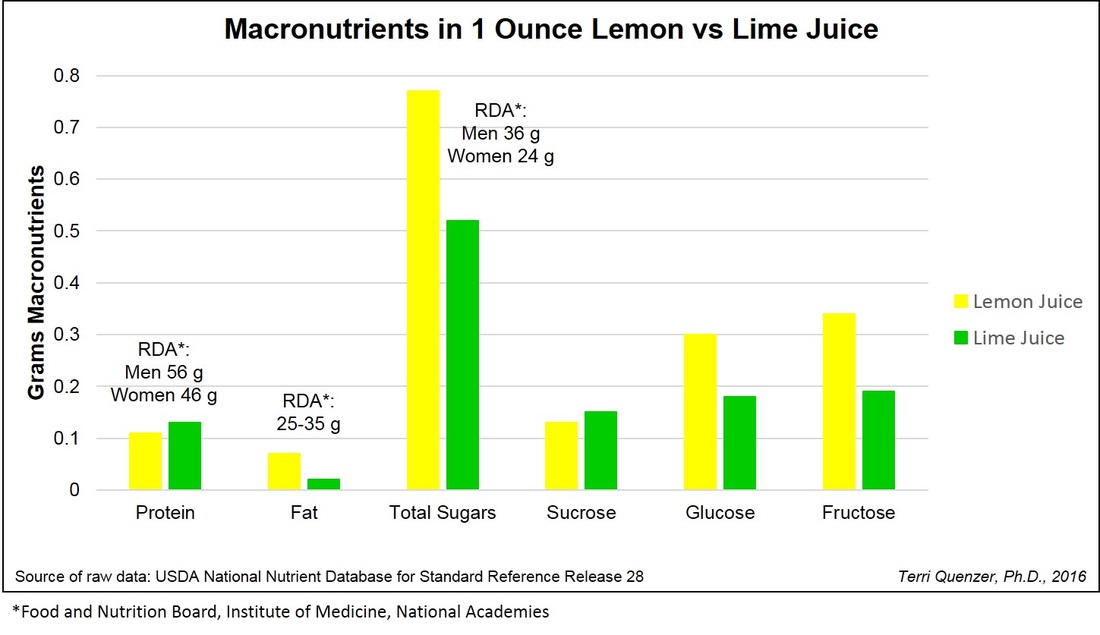
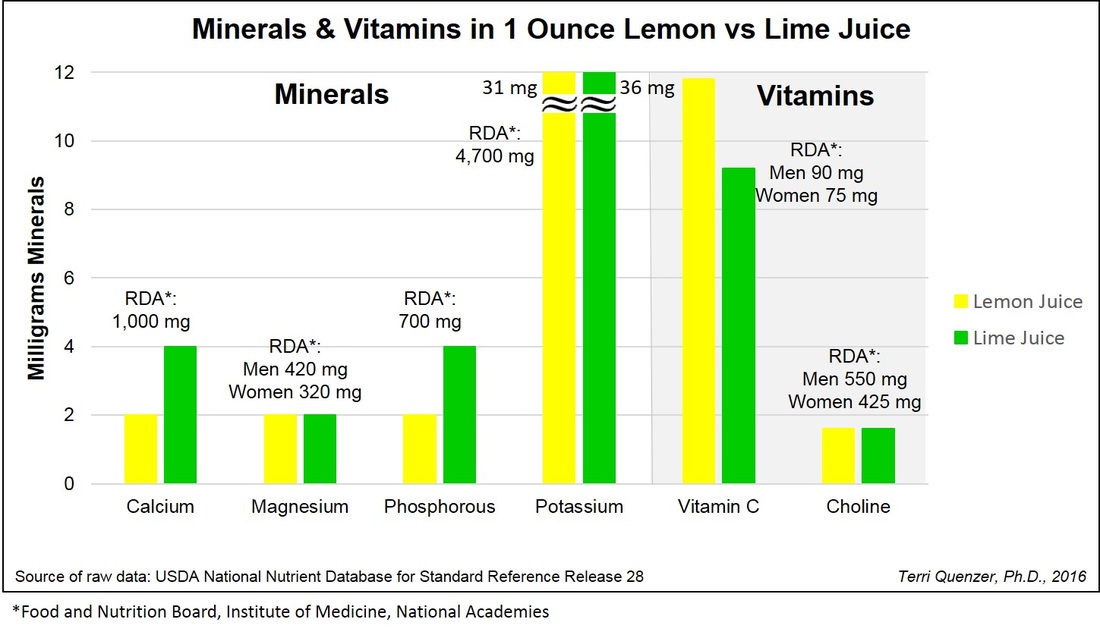
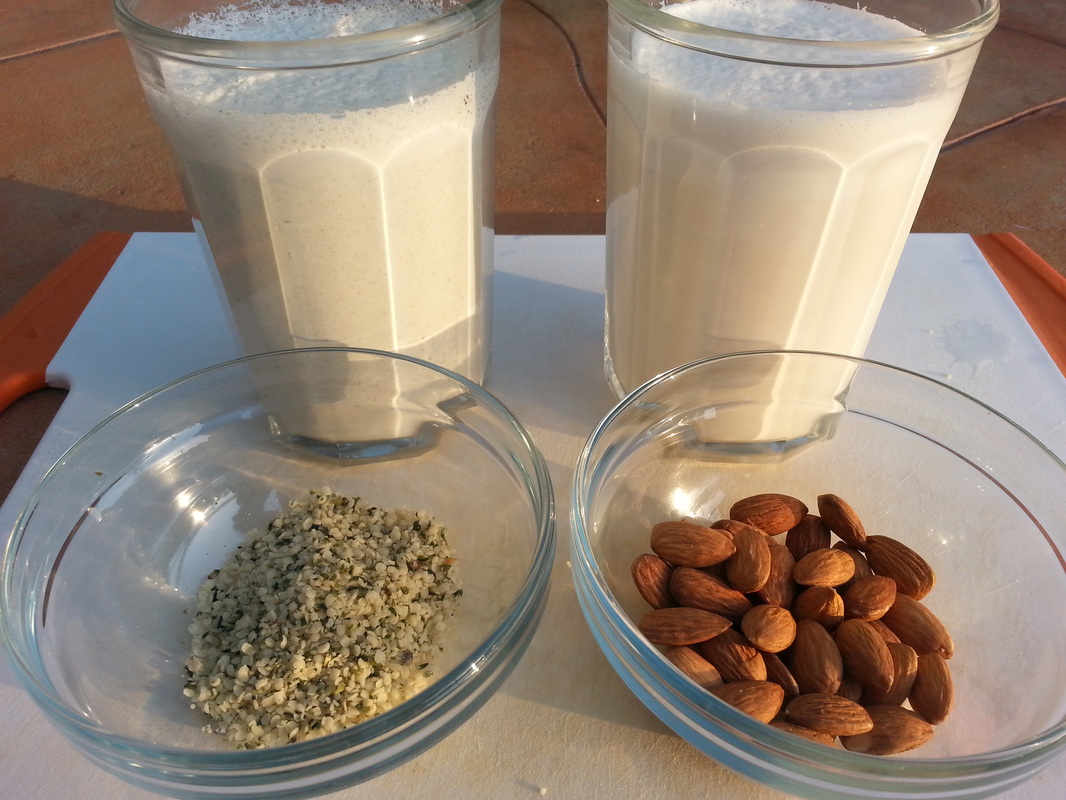


 RSS Feed
RSS Feed